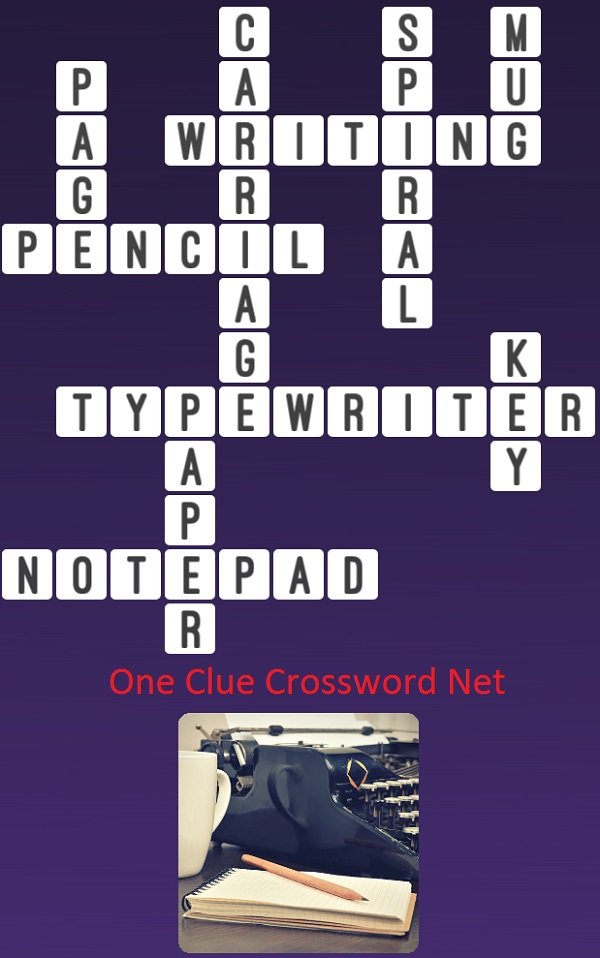


The Sith are characters in the “Star Wars” universe who use the “dark side” of “the Force”, and as such are the antithesis of the Jedi Knights. Yes, I’ve knitted a few sweaters in my day … 30 “Star Wars” antagonist : SITH Personally, I can’t stand vampire fiction … 26 Works with purls : KNITSĪs all of us knitters know, the purl stitch and knit stitch are very similar, one being sort of the inverse of the other. Dracula wasn’t the first vampire of literature, but he certainly was the one who spawned the popularity of vampires in theater, film and television, and indeed more novels. “Dracula” is a novel written by the Irish author Bram Stoker and first published in 1897. The remaining 26 counties form the Republic of Ireland. Six of those counties are part of the United Kingdom. The island of Ireland comprises 32 counties in all. 23 Irish region named for a literary nobleman? : COUNTY DRACULA (from “Count Dracula”) 22 Volatile solvent : ACETONEĪcetone is the active ingredient in nail polish remover, and in paint thinner. This image shows a female worker with a rivet gun, and a lunch box bearing the name “Rosie”. The best-known WWII representation of Rosie the Riveter was a “Saturday Evening Post” cover drawn by Norman Rockwell in 1943. The “Rosie” association to that image came decades later, in the 1980s. However, this image was used by Westinghouse as an internal motivation tool only for a two-week period in 1943, and was never associated with the Rosie the Riveter persona. The image that we bring to mind today that supposedly depicts “Rosie” is a wartime poster with the words “We Can Do It!”, which shows a woman in blue overalls and a red and white polka-dot headscarf. The term “Rosie the Riveter” first appeared as the title of a 1942 song that was a national hit. Rosie the Riveter is a cultural icon who represented women working in factories across the country during WWII as part of the war effort.

There was a large wharf in Venice called the Arzenale that became associated with the storage of weapons and ammunition, and this led to our contemporary usage of “arsenal”. Our word “arsenal” comes from the Italian “arzenale”, a work adapted from the Arabic for “workshop”. However, on the actual clock on Independence Hall, the “four” is denoted by “IIII”, which has been the convention for clock faces for centuries. If you look closely at the clock face at the top of the building you can see that the “four” is written in Roman numerals as “IV”. There is a famous error in the image of Independence Hall. 8 Benjamin : C-SPOTīenjamin Franklin’s portrait is featured on one side of the hundred-dollar bill (also called a “C-spot, C-note, benjamin”), and Philadelphia’s Independence Hall on the other side. Early in his career, Morton worked as piano player in a brothel, and there took the nickname “Jelly Roll”, a suggestive slang term related to female anatomy. That said, he did indeed record the first ever published jazz composition, his own “Jelly Roll Blues” in 1915. Morton apparently had quite the ego and claimed to have “invented” the jazz genre in 1902. “Jelly Roll Morton” was the stage name of Ferdinand LaMothe, a ragtime and early jazz musician.
#Repertoire crossword clue movie#
But it was the 1973 movie “The Sting” that brought the true revival, as the hit soundtrack included numerous ragtime tunes by Scott Joplin, including the celebrated “The Entertainer” originally published in 1902. It had a resurgence in the forties when jazz musicians started to include ragtime tunes in their repertoires. Ragtime fell out of favor about 1917 when the public turned to jazz. He followed that up with a string of hits, including the “Pine Apple Rag” (sic). The most famous ragtime composer was Scott Joplin, who had a big hit with his “Maple Leaf Rag” when it was published in 1899. It takes its name from its characteristic “ragged” rhythms. Ragtime music was at the height of its popularity in the early 1900s. Today’s Wiki-est Amazonian Googlies Across


 0 kommentar(er)
0 kommentar(er)
